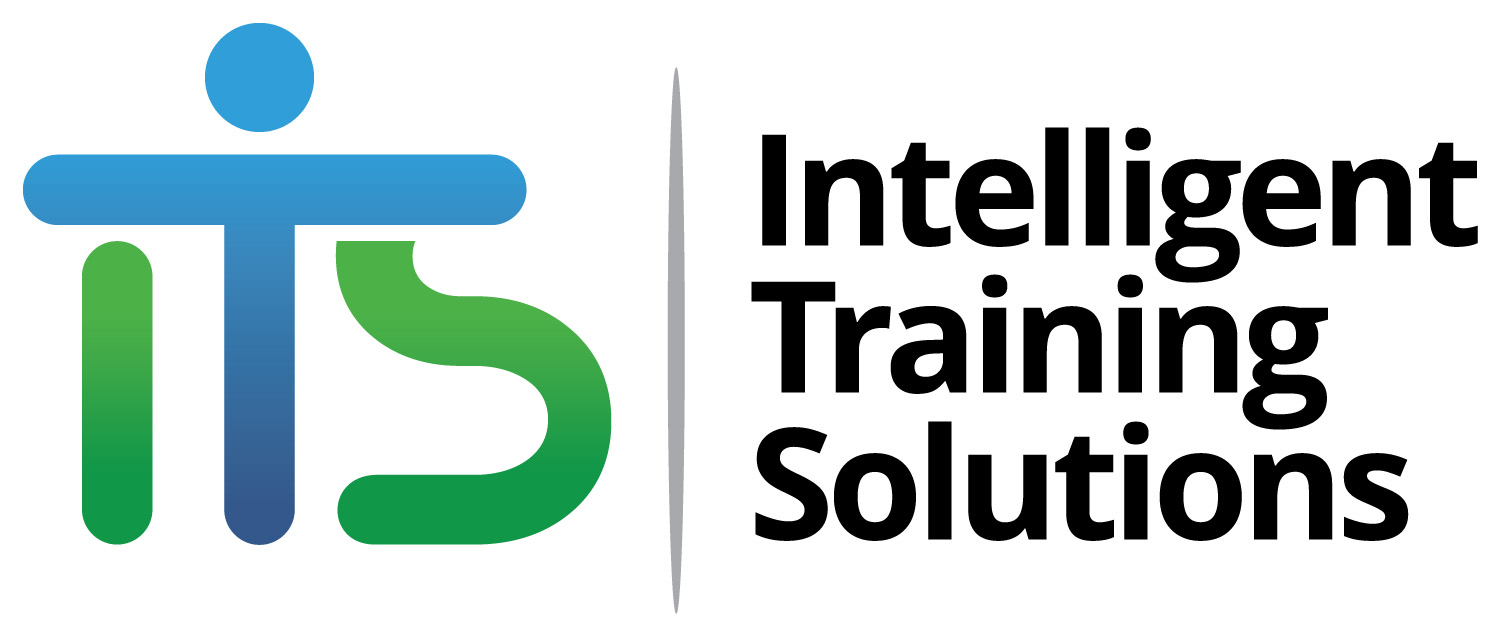
From tunnels and chimneys to wells, silos, tanks, pits and sewers, confined spaces are a common but hazardous environment many Victorian workers can find themselves in. That’s why getting a confined space qualification from Intelligent Training Solutions is essential before working in tight spaces to help manage some of the safety risks.
Importance of Confined Spaces Training
A confined spaces training course provides those working in and around confined areas with the basic skills and knowledge to conduct risk assessments of the environment. It helps build practical knowledge and experience in how to enter a confined space safely, what hazards to look out for and how to conduct work in accordance with relevant regulations, standards and permits.
Learning to Assess Risks
Confined spaces training ensures you know how to assess hazards and put in place control measures to improve safety in the work area and surrounding environment. This includes those that are not visible or immediately apparent, such as:
- Low oxygen levels
- Flammable gases
- Exhaust fumes
- Bacteria and other biological hazards
Part of the risk assessment process includes determining whether entering the confined space is absolutely necessary, highlighting the hazards, determining mitigation strategies and outlining emergency procedures.
Understanding Signage
Another key part of a confined spaces training course is understanding the importance of signage and how to use it. Victorian safety regulations restrict those entering confined spaces to workers with valid permits who have undertaken comprehensive first aid CPR training and emergency preparedness sessions.
All confined spaces must be marked clearly with prominent signage to ensure only qualified workers enter them. There should also be adequate signage to indicate where entrances and exits are as well as ladders and walkways.
Monitoring and Mitigating Dangers
The hazards involved in working in confined spaces can quickly escalate or change. The course reinforces the need for constant monitoring to detect new or changing hazards and their importance in preventing workplace accidents.
Training also covers best practice mitigation approaches such as a detection system that alerts workers to decreasing oxygen or rising gas levels so workers can quickly evacuate. It also includes responding to incidents, which is why first aid CPR training is an important aspect of the training.
Get a Confined Space Qualification in Victoria
At Intelligent Training Solutions, we help upskill Victorians with practical, hands-on education. Enrol in a confined space training course today to equip yourself with the skills to manage the dangers of working in a tight spot.
